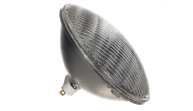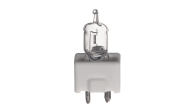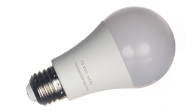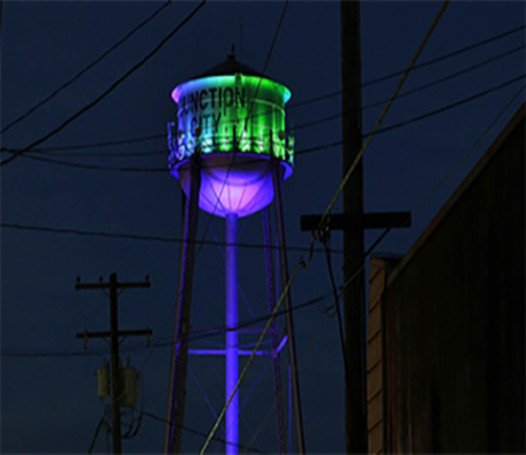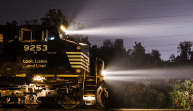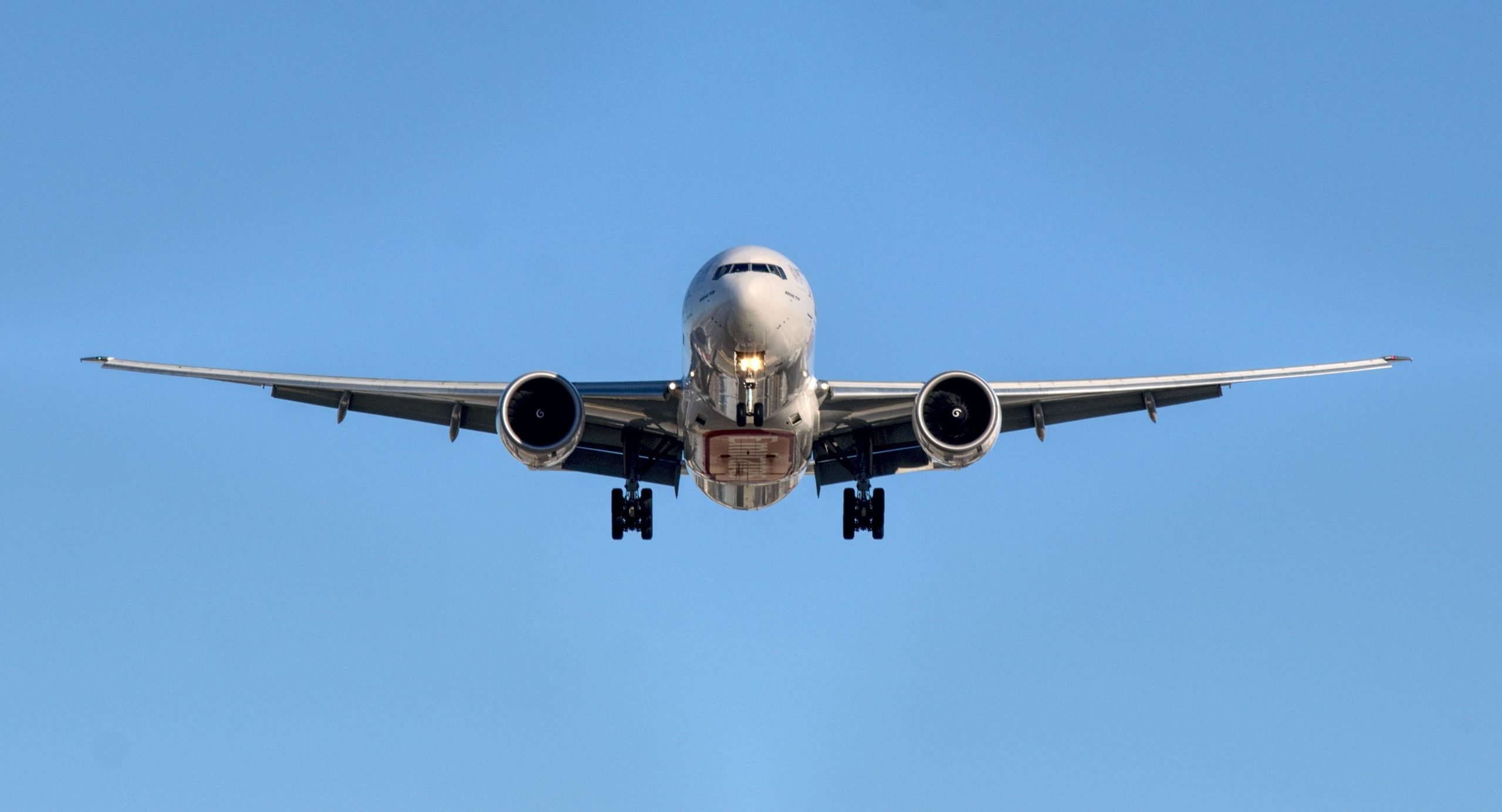
Is an LED Lighting Upgrade Worth It?
Although it’s a goal shared by many commercial airlines, making the upgrade to LED for exterior lighting has historically felt out of reach—whether due to the high cost per lamp or the lack of compatibility with older aircraft lighting systems. However, this trend has begun to shift with new advancements in lighting technology, and LEDs are growing increasingly common as an exterior lighting option for commercial aircraft. Today, many airlines and aircraft operators are even retrofitting their older aircraft with LED lighting systems.
While an LED upgrade is now more attainable, it’s still a significant investment that requires a thoughtful cost-benefit analysis. We’ve outlined eight helpful considerations to help you determine whether (and when) to take this step.
1. Evaluate existing lamps: It perhaps goes without saying, but the first step is to determine the type and number of lamps currently used by your aircraft. Be sure to make note of their specifications, including wattage, lifespan, and maintenance requirements.
2. Research potential LED replacements: To facilitate a successful upgrade, you’ll need to identify LED lamp models that are suitable replacements for your existing lamps. Consider factors such as their compatibility with the aircraft’s electrical system, required modifications, and any associated certifications or approvals.
3. Estimate the total cost: Calculate the total anticipated cost of the upgrade, including the up-front and installation costs of the LED lamps. You’ll also want to consider other potential expenses, such as the cost of modifying the electrical system, labor costs, and/or consulting fees.
4. Quantify the benefits:Make a list that specifies the benefits you anticipate from your LED upgrade. This may include energy savings, reduced maintenance costs, longer life, improved lighting quality, and reduction in lamp weight.
5. Estimate the savings: Based on the benefits identified in the previous step, calculate the approximate dollar amount of your savings. For example, multiply the power consumption of your upgrade by the anticipated number of flight hours, and then do the same for your current lamps to make a comparison. You can also calculate the reduction in maintenance costs by comparing the lifespan of LEDs to that of your existing solution.
6. Compare costs with benefits: Compare the estimated savings you determined in step 5 with the costs you identified in step 3. Looking at these two figures side-by-side will help determine the financial viability of the upgrade. In this step, it’s also important to consider the payback period, return on investment, and the overall financial impact of the upgrade.
7. Evaluate other factors: Consider additional factors that may influence the decision, such as impending changes to industry regulations and standards. If upcoming regulations will require the use of LED lamps in aircraft lighting systems, it may be necessary to upgrade regardless of the cost-benefit analysis.
8. Make an informed decision: Use the information from steps 1-7 to decide whether to proceed with the upgrade. Consider the financial, operational, and regulatory aspects of an upgrade, as well as the long-term benefits that LED lamps can provide.
While the specifics of your cost-benefit analysis will likely vary depending on the aircraft, the type of lamps you’re replacing and a variety of additional factors, these eight steps provide a great starting point as you consider the possibility of an upgrade to LED. For FAA/PMA approved products from one of the most trusted providers of exterior aircraft lighting, be sure to check out Amglo’s LED offerings in our catalog, available here.


